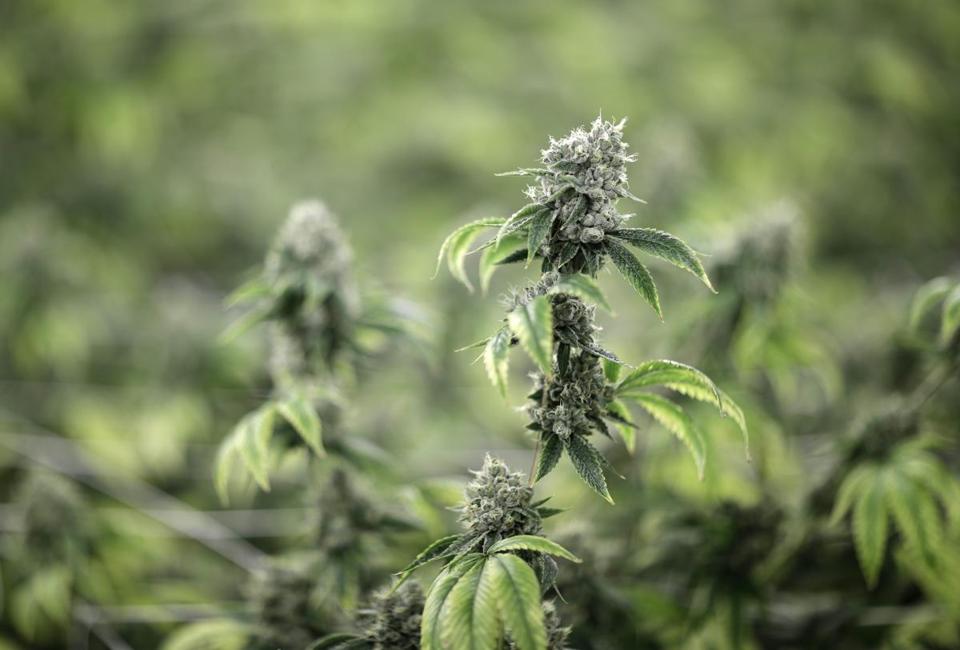While residents who voted for the legalization of marijuana in Alaska were victorious in the polls, the price of buying legal cannabis has proved to be a turnoff for some consumers.
“I think dispensaries are utilizing their monopoly on legal weed,” said Hannah Seaman, a 24-year-old electrical engineer major, who voted for the legalization. “It is more economical to buy it from people who aren’t organized by the government.”
Compared to other states, Alaska’s prices are much higher. The average price for a gram of cannabis in other legalized states is around $10, while in Alaska, a gram is priced at around $20. The average price of an ounce of recreational cannabis in legal states is roughly $220, according to a survey ran by Forbes. Alaska’s average rate for an ounce is nearly $300.
In states like Oregon and Washington, which have had more time for the market to adjust, prices have declined due to the steady increase in the number of dispensaries. With more shops available, sellers have to compete for business, resulting in lower prices.
From the beginning, Alaska has based its regulations on recreational marijuana on other states’ own regulations. However, given Alaska’s unique economic structure, it will take more thought and breakdown of policies to come to a consensus.
“It’s all about balance; we need to let the market mature in order to see any change in the price of product,” said Trenton Davis, who works for a local marijuana cultivation facility.
Davis has monitored how far states like Colorado and Washington have come since first legalizing cannabis.
“Progression is never an overnight process; the market and consumers must mold to fit their economy,” he said.
Colorado and Washington were the first states to legalize the recreational use of marijuana—both in 2012. The first dispensaries opened in January 2014. Both states’ official websites indicate that they have had over three years to stabilize their cannabis market. Alaska has had marijuana dispensaries for barely a year. The market is still in the early development stage.
Though prohibition on recreational use ended in February 2015, it took Alaska two years to establish a system and regulations. During that time, the Marijuana Control Board was established, allowing for the first cannabis shops to open in 2016. Given it has only been a year since the opening of Alaskan dispensaries, the market has yet to become fully established.
While tax revenue is beneficial to the state, consumers may be wondering why they should choose to pay more rather than buying from the often less-expensive black market. A year after the bill was passed, the tax on marijuana was 5 percent. Considering Alaska’s alcohol tax is one of the highest in the country, and has increased over time, the state’s cannabis tax can be expected to rise, since cannabis and alcohol are similarly categorized.
According to the state’s website, over the two years since Alaska’s legalization of recreational cannabis, sales on marijuana have generated $1 million in revenue. The source of this tax comes not from the dispensaries, but the cultivation factories that harvest, and ensure quality of all the product.
Despite being the largest city in the state, Anchorage is not the primary farming source, according to Alaska commerce. That title belongs to Fairbanks.
Though consumers of legal cannabis may be frustrated with its retail price, those involved in the production of the marijuana industry have high hopes for the future and the progression of an ever-growing market.
“The fact that we have moved from a society that punishes possession with incarceration,” said Cameron Wallace, who works for cultivation factory Alaska Extracts, “to one that now charges ridiculous rates for the same thing that could once land you in jail, is proof that, over time, any change is possible.”
credit:420intel.com











